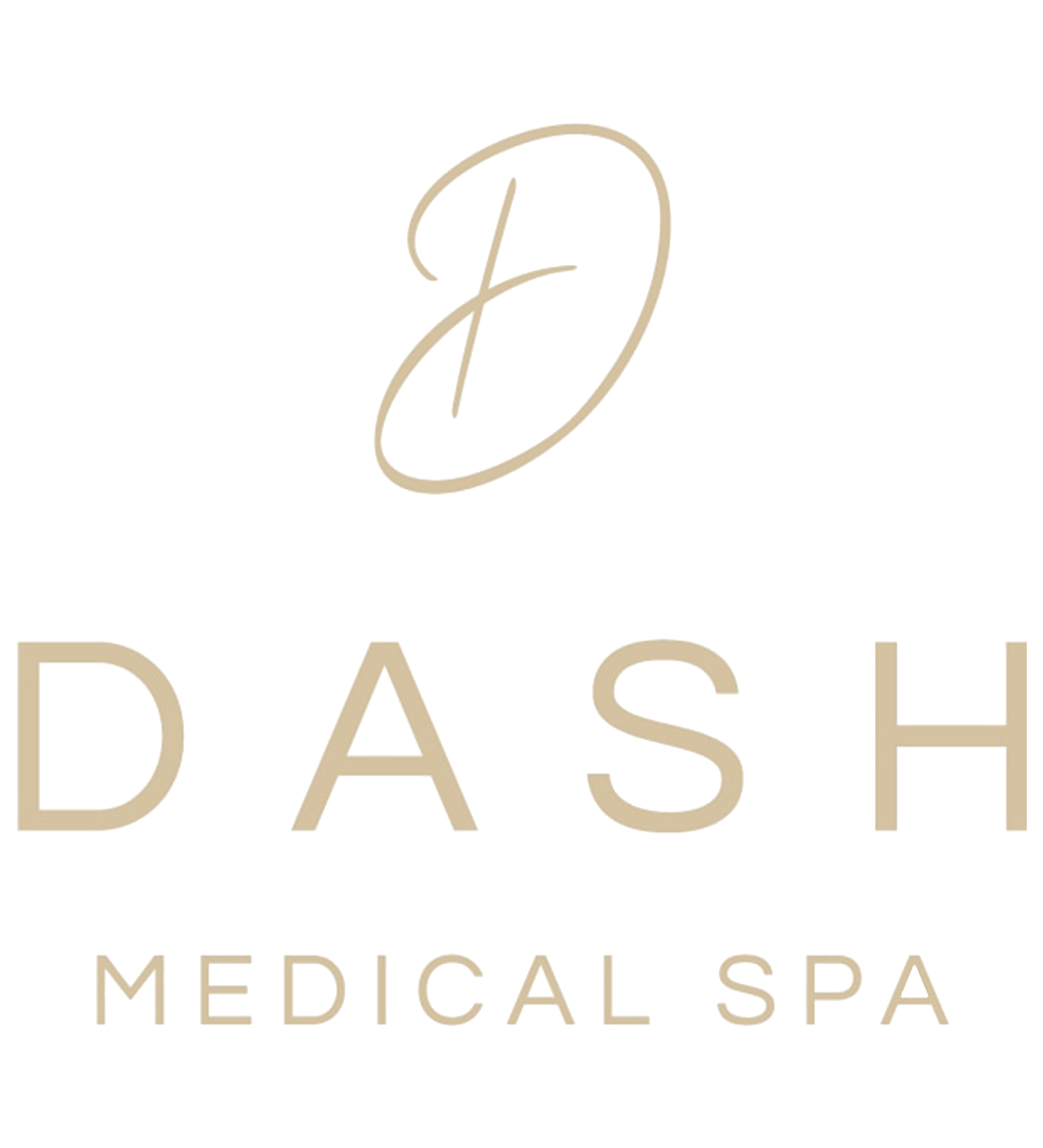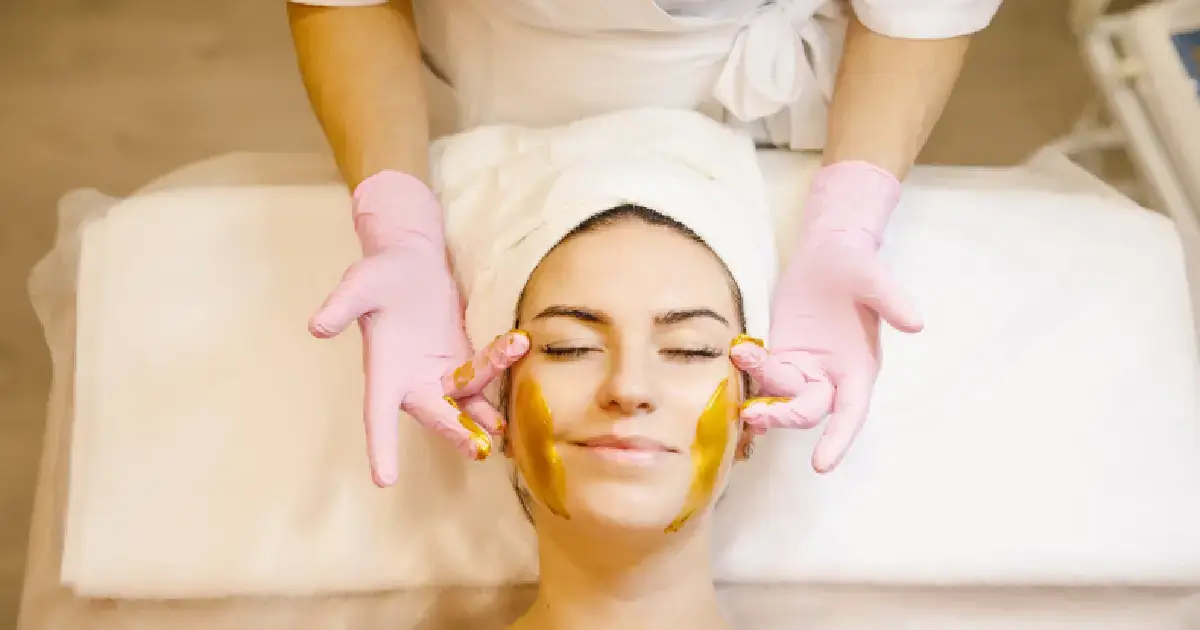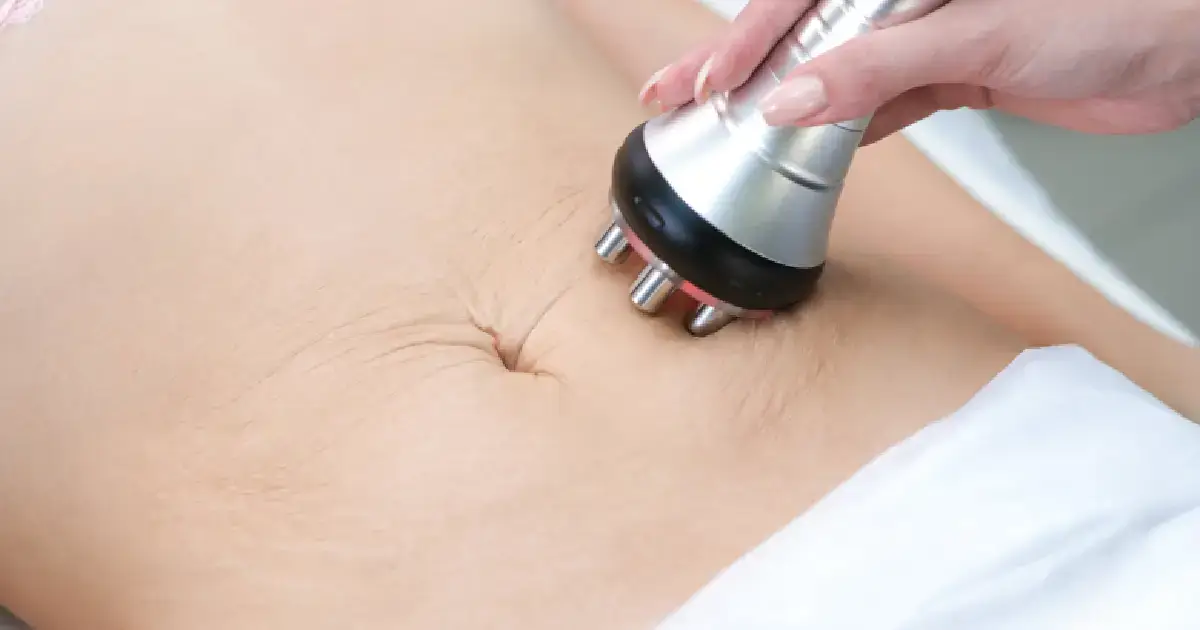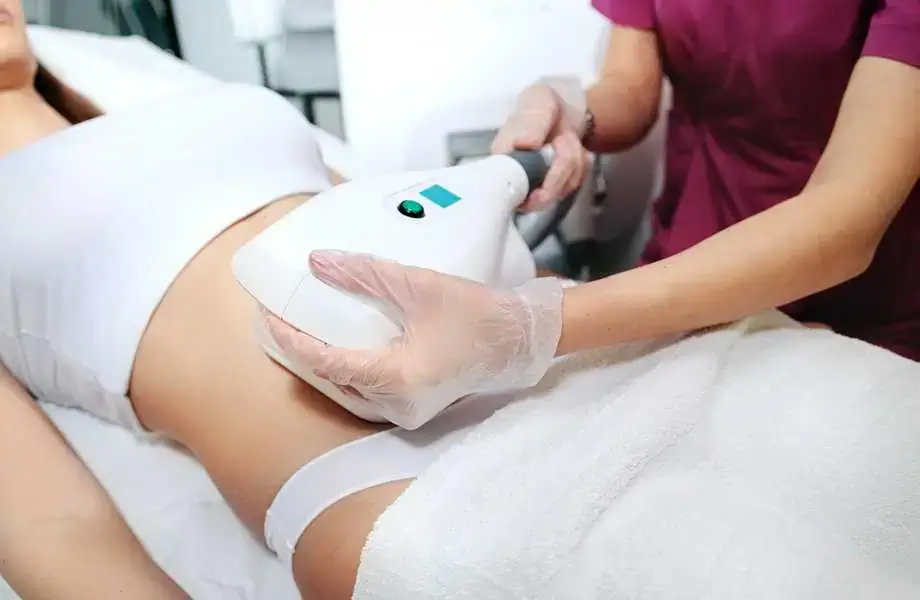Earlobe repair surgery is a simple in-office surgical procedure that can be performed to fix earlobe tearing, stretching, or sagging. This procedure can either serve the purpose of cosmetic or functional. Some people choose to change the shape of their ears, while others require Surgery to prevent chronic ear infections or improve their hearing.
Why Is Earlobe Repair Surgery Done?
Several reasons may arise why people would like to undergo the earlobe repair procedure. However, below are the most common reasons:
- Stretched earlobes. Due to aging, the earlobe can stretch, or the frequent or habitual wearing of heavy and large earrings contribute to stretching.
- Ear gauging. Since pligs and gauges make a large hole in its center, the earlobe is purposely stretched incrementally.
- Asymmetry. One or both ears may be misshapen due to congenital disability.
- Earlobe injury. The kind of injury that results in an unsightly condition is known as a split earlobe can occur from a sports injury or an earring catching on something and ripping free.
How Does Earlobe Surgery Work?
Earlobe surgeries are outpatient procedures usually performed by ear, nose, and throat specialists (otolaryngologists), facial plastic surgeons, or dermatologists. Local anesthesia is usually all that’s needed to numb the area. The Surgery may take 15 minutes to an hour, depending on the unique situation and goals.
For overly large or sagging lobes, below are examples of the most common earlobe reduction surgery techniques:
- Peripheral margin reduction. This technique involves an incision along the inside border of the lobe to hide the scar. It trims off a portion of excess tissue from the bottom of the earlobe.
- Wedge reduction. It removes a pie-shape portion of excess tissue from either the inner area of the lobe (near your jawline) or the center of the lobe, which may include the piercing.
In addition, scarring is minimal with either of these methods.
Who Should Receive The Earlobe Surgery?
The suitable candidates for earlobe repair or reduction are those with:
- Enlarged earring holes;
- Keloid scarring or benign scar tissue which can be removed
- Pixie ears, which is a phenomenon that can be genetic or the result of the pulling from an overly tight facelift
- Stretched-out lobes from wearing heavy earrings or ear gauging
- Trauma or a split earlobe from accidents, injury, or ripped-out earrings
What To Expect From This Procedure?
The earlobe repair procedure begins with assessing whether the person is a good candidate. Earlobe repair is a minor procedure, so most patients make successful candidates. Earlobe repair is an in-office procedure performed using local anesthesia to numb the area.
The exact technique used during the procedure will depend on the specific concerns. The excess hanging skin can be removed for a more youthful appearance for sagging or drooping earlobes. On the other hand, if large holes are present from gauges, flaps might be used, drooping tissue can be removed, and the earlobe is sutured back together.
Hence, the two ends are brought together and stitched for a split earlobe to restore the normal appearance. The procedure process usually takes no longer than an hour to complete.
What Do Recovery And Aftercare Look Like?
Ear lobe surgery didn’t come without risk, and there is very little pain and swelling following the procedure. However, patients can usually resume their normal activities immediately. For any discomfort, it is usually managed with OTC or over-the-counter pain medication like acetaminophen or ibuprofen.
After the procedure, the patient is generally sent home with stitches and a dressing over the earlobes to prevent infection, minimize swelling, and help the new lobe maintain its shape. Also, it is important to leave the bandage on for a few days post-op. Following the procedure, patients can expect a few days of acute recovery, although most patients return to normal activities immediately.
Strenuous activity can be resumed after 48 hours. Patients must also avoid sleeping or placing pressure on the earlobes for one week. However, healing after loboplasty usually takes six to eight weeks, when the final results of the procedure will be evident.
Patients must wait for 2 to 3 months post-op to re-pierce their ears if they like. Also, the earlobes will be weaker following the repair, so heavy earrings should be avoided.
What Are The Potential Side Effects Of This Procedure?
Possible side effects following the procedure are:
- itching
- dry mouth
- pain
- bleeding
- scarring
- infection
- numbness
- stiff or sore jaw
- taste changes
- asymmetrical appearance
How To Prevent Torn Or Stretched Ear Lobes?
Preventing the earlobes from becoming stretched or torn also means avoiding earlobe surgery. However, the sagging of the skin can’t be prevented as it comes with age. The following are a few of the simple tips to avoid the surgeon’s knife:
- Avoid wearing large or long earrings; instead, choose plastic. Plastic earrings are lighter than metal earrings and will not drag down the earlobes as much.
- Save the heavy earrings for special occasions. Limiting the amount of time to wear them will minimize the stretching.
- Take the earrings out when sleeping at night. Even while sleeping, earrings can pull at the earlobes, stretching them out over time.
- Avoid wearing heavy earrings while exercising. Gravity is not a friend in this situation, but there is also a chance that the earrings could snag on something and injure the earlobe.
- Apply witch hazel to the earlobes twice daily. Witch hazel is an astringent and helps to tighten the skin.
- Massage coconut or olive oil into the earlobes to introduce more moisture and plump them up
- Crush effervescent aspirin tablets and add water to make a paste. Apply it to the earlobes to tighten them.
- Avoid earlobe gauging. It might be in fashion now, but the damage it causes can be expensive to repair.
The Bottom Line
Ear Lobe Surgery can make a huge difference in the appearance of drooping, overly large, or pendulous earlobes since it improves facial symmetry and proportions. Dash Medical Spa offers Earlobe reduction & repair Surgery for people with disproportionate or misshaped earlobes after years of wearing heavy earrings. Ultimately, the results of an earlobe reduction procedure are immediate and permanent improvements to the appearance of the earlobe.






